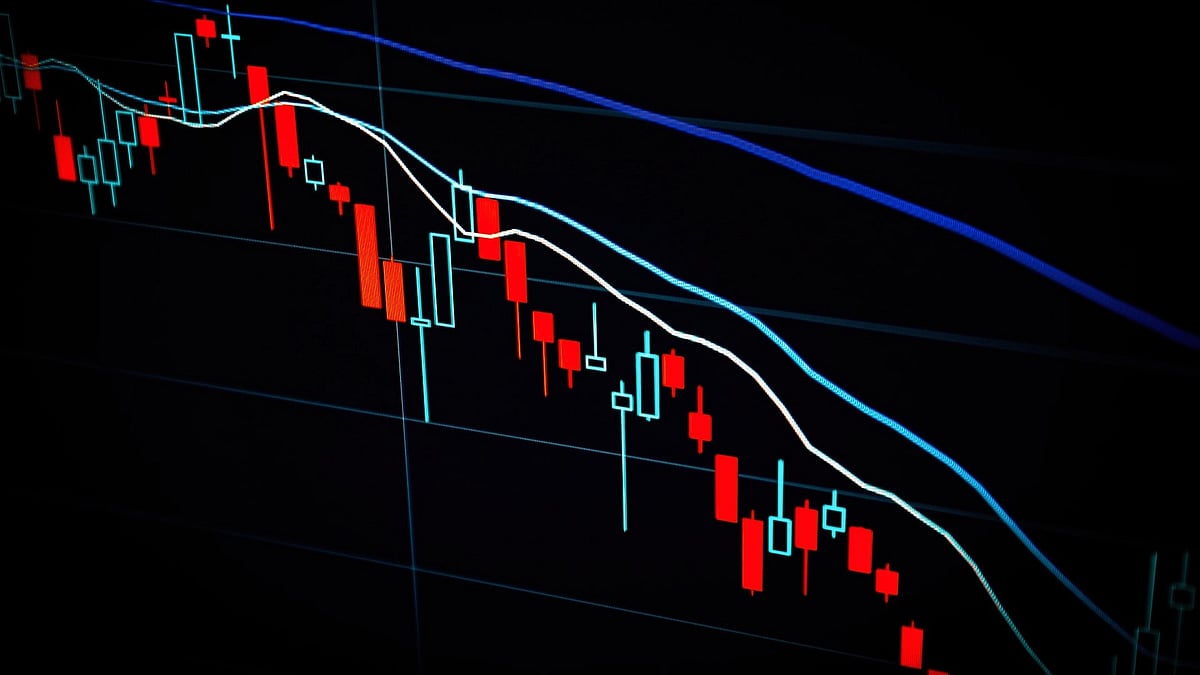While the Indian indices are having an extended weekend on account of Eid Al-Fitr on Monday, March 31, other major Asian indices are trading, with some big developments in store.
Pertinent Asian indices, from Nikkei to Hang Seng, are trading with deep cuts.
Nikkei 225
Starting with one of the most consequential indexes, the Nikkei 225 collapsed, tumbling down the bourse ladder with a decrease of a mammoth 4.05 per cent or 1,502.77 points.

This took the overall of index to 35,617.56 points.
Another major index in Tokyo, the TOPIX index also slopped. The index dipped to 2,658.73 points, thanks to a decline of 98.52 points or 3.57 per cent.
CSI 300 index
From here, we move to the second largest economy in the world, China.

The CSI 300 index, an important index in China, dipped in value by 0.67 per cent or 26.41 points, taking the overall value to 3,888.75 points. The SSE Composite index at the Shanghai Stock Exchange also dropped in value.
The index declined by 14.49 points or 0.43 per cent, taking the overall value fo the index to 3,336.81 points.
Hang Seng Index
Away from the mainland, in Hong Kong, the Hang Seng index dropped significantly, shrinking 1.11 per cent or 260.32 points.

This took the overall value of the index to 23,166.28 points. The Shenzen-based SZSE Component Index also declined in value, dropping to 10,504.33 points, dropping to 103.00 points or 0.97 per cent.
In Taiwan, the Taiex stumbled down the red ladder, dropping to 20,695.90, thanks to a massive sell-off of 906.99 points or 4.20 per cent.
KOSPI
When we go to South Korea, the decline is more pronounced, and on the lines of the decline in Tokyo. The benchmark KOSPI index at the Korean Exchange dipped by a massive margin of 3.00 per cent or 76.86 points.

This took the overall value of the index to 2,481.12 points, flirting wit the 52-week low mark of 2,360.18 points.
Tariffs of Turbulence
This large sell-off at the bourse is largely being attributed to the panic surrounding Donald Trump’s tariffs.
Many of these tariffs are either blanket or target specific industries, including semiconductor business, a major avenue in East Asia.
The deadline for Trump’s sectoral targeting (Canada, Mexico) and the proposed reciprocal tariffs (tariffs replicating the ones on US goods), is expected to kick-in on April 2, unless Trump decides to pull them back.
Other global uncertainties, including resumed tensions in the Middle East, and nebulousness in the Russia- Ukraine war is adding to the woes.
